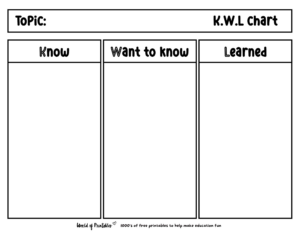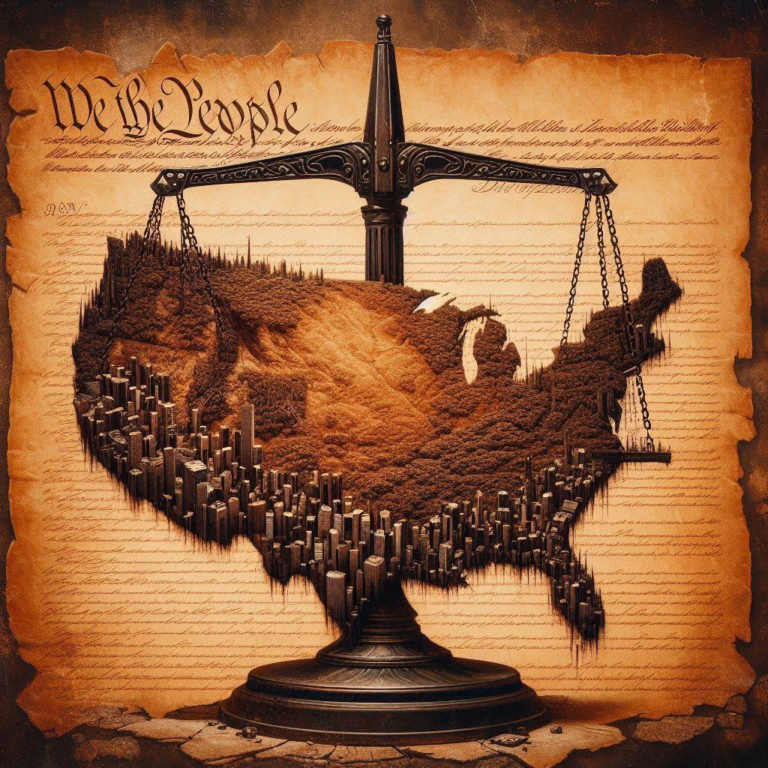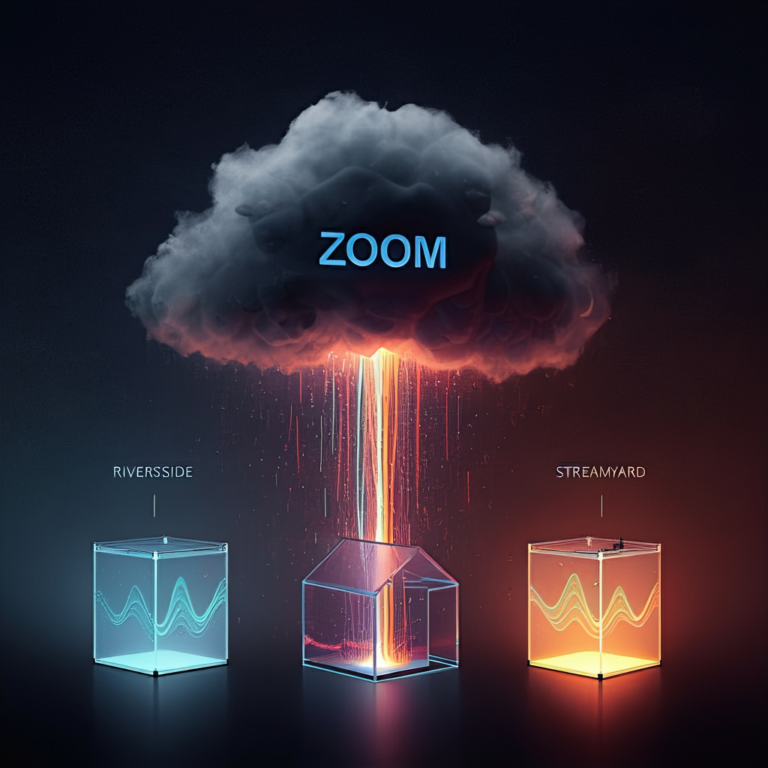Formative and Summative Assessment: A Guide for Effective EFL Instruction
In the dynamic world of English as a Foreign Language (EFL) teaching, assessment plays a crucial role in guiding instruction, promoting student learning, and tracking progress. While traditional methods often focused on summative assessments to evaluate learning at the end of a unit or course, the modern EFL classroom embraces a more holistic approach, recognizing the value of formative assessment in guiding and shaping learning throughout the teaching process.
Understanding Formative and Summative Assessment
- Formative assessment is ongoing, informal, and provides feedback for improvement. It helps teachers identify student strengths and weaknesses, adjust instruction, and provide targeted support. Examples include observations, questioning, exit tickets, and student self-assessment.
- Summative assessment occurs at the end of a unit or course and measures student learning against specific objectives. It provides a snapshot of student achievement and informs grading. Examples include tests, projects, presentations, and portfolios.
Key Differences
| Feature | Formative Assessment | Summative Assessment |
|---|---|---|
| Purpose | Monitor learning, identify needs, provide feedback | Evaluate learning, measure achievement, assign grades |
| Timing | Ongoing throughout the learning process | At the end of a unit, course, or learning cycle |
| Focus | Specific skills, concepts, and learning objectives | Overall understanding and mastery of content |
| Feedback | Descriptive, specific, and actionable | Evaluative, often with grades or scores |
| Impact on Learning | Guides instruction, promotes student self-regulation | Provides a snapshot of achievement, informs future goals |
Implementing Assessment in an EFL Lesson
Warm-up:
- Formative: Observe student participation, body language, and use open-ended questions to activate prior knowledge and identify areas for review. KWL charts1 are a great tool for this.
- Summative: A quick quiz can assess prior learning and inform the starting point of your lesson.
Presentation:
- Formative: Monitor student comprehension through facial expressions, questions, and use techniques like concept checking questions (CCQs), mini-whiteboards, and think-pair-share activities to ensure students are following along and to identify areas that may require additional clarification or examples.
- Summative: Short teacher observation forms can be used to assess student engagement and participation during presentations.
Controlled Practice:
- Formative: Observe accuracy and fluency during drills, provide immediate corrective feedback, and use pair/group work to identify understanding. Exit tickets can provide insights into individual needs. Teacher can use an observation form to assess student engagement and participation.
- Summative: Short quizzes or exercises can assess basic grasp of the practiced concepts. (I don’t know if I agree with this.)
Freer Practice:
- Formative: Monitor communication and collaboration during tasks, provide scaffolding and support, and take anecdotal notes on student performance to identify areas for future focus.
- Summative: Teacher observation notes can be used to assess fluency and task completion, contributing to overall evaluation.
Production:
- Formative: Provide written or oral feedback on individual student work, encourage peer assessment, and guide students in self-evaluation using rubrics to promote reflection.
- Summative: Collect written work, recordings, or presentations for assessment against specific learning objectives using checklists and rubrics. Portfolios can showcase student growth over time.
Wrap-up/Reflection:
- Formative: Use open-ended questions to assess student learning and encourage self-assessment through reflection journals to identify areas for improvement.
- Summative: Exit tickets or student self-evaluation surveys can assess key takeaways from the lesson and provide valuable feedback on the learning experience.
Enhancing Assessment Practices
- Technology Integration: Utilize online quizzes, digital portfolios, and learning management systems (LMS) to streamline assessment processes and provide engaging learning experiences.
- Effective Feedback Strategies: Provide specific, actionable, and timely feedback, focusing on both strengths and areas for improvement. Encourage peer and self-assessment to promote student reflection and ownership of learning.
- Addressing Challenges: Be mindful of potential issues like time constraints, subjectivity, and student anxiety. Balance formative and summative assessments to provide a comprehensive picture of student learning.
- Differentiated Instruction: Use assessment data to identify individual needs and tailor instruction accordingly through grouping, differentiated tasks, and personalized learning paths.
- Student Involvement: Encourage student ownership of learning through self-assessment, goal setting, learning contracts, and student-led conferences.
- Alternative Assessment: Explore options like performance-based assessment, portfolios, and self-assessment to provide a more holistic view of student learning.
Resources for EFL Teachers
- Websites: British Council, TESOL International Association, Colorín Colorado
- Books: “Classroom Assessment Techniques” by Thomas Angelo and K. Patricia Cross, “Assessing Grammar” by Diane Larsen-Freeman
- Articles: Numerous research articles and publications available online and in academic journals.
- Organizations: Local and regional EFL/ESL organizations offer professional development opportunities and resources.
By thoughtfully integrating formative and summative assessments, EFL teachers can create a dynamic learning environment that promotes student engagement, growth, and achievement. Remember, assessment is not merely a tool for measurement but a powerful means of guiding and empowering learners on their journey to English language proficiency.
- A KWL chart is a graphic organizer that helps students organize information before, during, and after a unit or a lesson. It was first created by Donna Ogle in 1986. The chart is formatted as a 3-column chart, where:
K stands for ‘What I Know‘: This column is used to activate students’ prior knowledge before introducing new content.
W stands for ‘What I Want to learn’: This column is where teachers can challenge students to get curious by using higher-order questioning strategies.
L stands for ‘What I Learned‘: This column engages students in metacognition, which can lead to improved self-regulated learning outcomes.
There’s also a variant called the KWHL chart, where an additional column, H, represents ‘How I plan to learn’, so students are also thinking about ways of investigating and knowing.
These charts are designed to activate prior knowledge, promote higher-order questioning, and engage students in metacognition. They are especially useful in reading classes but can also be beneficial in other subjects, like science and social studies. ↩︎







